The Artichokes grow best in rich, well-drained soil supplied with lots of organic matter. Artichokes are heavy feeders, so they love organic matter-rich soil. Apply extra fertilizer in the soil to give your plants the nutrients they need, at least once a month during the growing season. Let’s check out the best fertilizer for Artichoke.
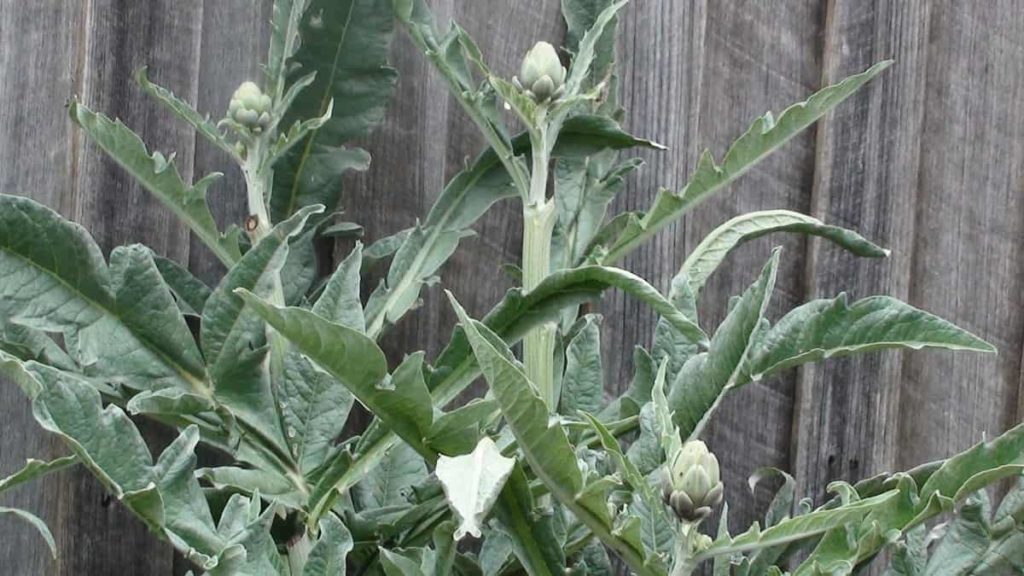
The Artichokes need a high quantity of nitrogen fertilizer for excellent growth and development. The role of fertilizers is to increase production and ensure healthy production by providing the soil with the right balance of nutrients. Without fertilizers, the soil will be lost and therefore, plant growth will be particularly difficult. They cannot survive on water alone. Fertilizers play an important role in healthy, productive Artichokes.
Artichoke plants need nitrogen to make protein and chlorophyll that give them their distinctive green color. Fertilizing increases the number of nutrients in plant soil which can mean larger leaves or better sizes if you are picky about such things. You can use fertilizer as a natural way to compost your Artichoke plants but it still needs some kind of chemical fertilizer for best results. It usually takes between 680 grams to 1 kg per 100 square feet per year to get the desired effect so using less than that won’t help at all.
Best fertilizer for Artichoke
Compost manure for Artichoke
You can always add more fertilizer as Artichoke plants grow. As the plants mature, they will start making strong stems that will support the bud.
Chicken manure
Artichokes are heavy feeders, even if you make organic soil modifications in the soil at the beginning of the season. Before they start the stems, side dress with good organic fertilizers like composted chicken manure then water well.
In case you miss this: Artichoke Questions and Answers – Planting FAQs
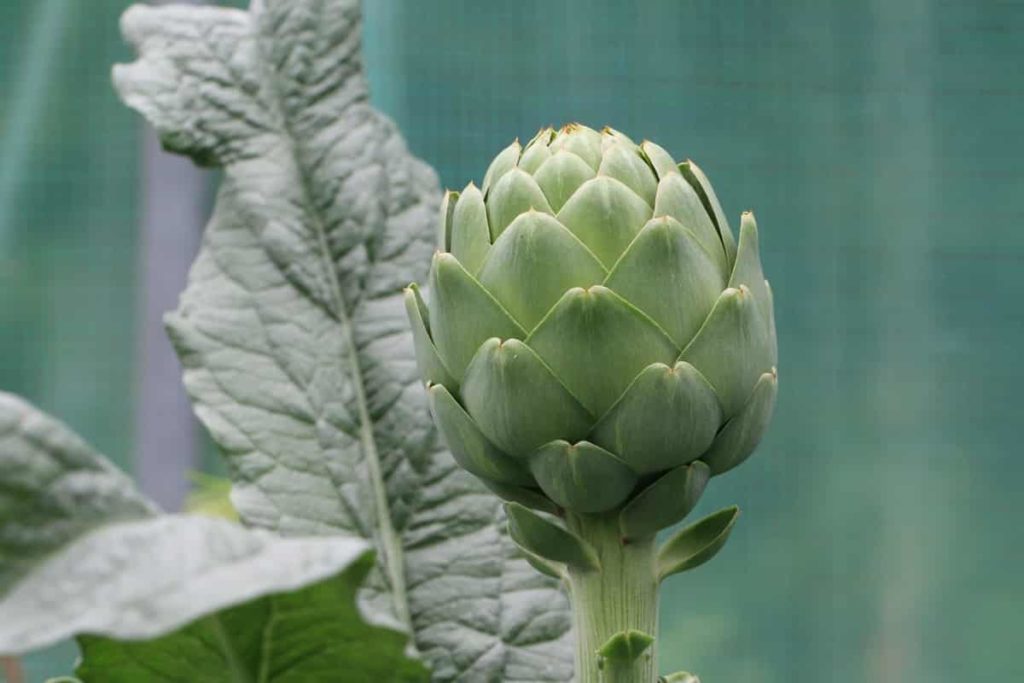
Compost
Improve the nutrients and structure of soil by working in fertilizer or other rich organic matter. Once the buds start forming, remove the mulch and add manure.
Homemade fertilizers for Artichoke
Wood Ash
In addition to the liquid fertilizer, some people like to feed ash fertilizer to the Artichoke plants as often as they do every two weeks. This ash fertilizer gives potassium to the plant which needs to flourish.
Eggshells
Sprinkle crushed eggshells around plant bases to keep the slug away from your plants. Crush a few eggshells into small pieces and sprinkle in each hole before planting. Then, sprinkle extra shells around the base of your plants every two weeks.
Coffee grounds
Coffee grounds also reduce soil pH which is beneficial for some types of plants, such as Artichoke and Beetroot.
Organic fertilizers for Artichoke
Blood and bone meal
Bone meal and blood meal are modifications that add nutrients to the soil and can be used together. Blood food is dry and powdered animal blood; it increases the level of nitrogen in the soil. Bone meal is ground animal bones; it increases the level of soil calcium and phosphorus. You can apply one/two cups of each feather or blood meal and bone meal for each Artichoke plant.
In case you miss this: Artichoke Growing Tips, Techniques, and Secrets

Cottonseed meal
The Artichoke should be fed a side dressing of manure and cottonseed food around the base of the plant every 2 to 3 weeks during active growth.
Liquid fertilizers for Artichoke
Fish emulsion
Artichoke seedlings need a lot of nutrients as they develop, so fertilize them with fish emulsion or something similar.
Compost tea
The Artichoke should be fed every 2 to 3 weeks during active growth, using compost tea.
Seaweed extract
A foliar spray made from a seaweed extract increased the growth, production, and quality of the Globe Artichoke.
Natural fertilizers for Artichoke
Mulch with organic material, such as dried grass clippings, straw, aged manure, or a mixture of them. As buds begin to form, remove the mulch, and apply 4-inch-thick layers of manure around each plant, which extends 12 inches from the plant’s base to the outside.
In case you miss this: Growing Jerusalem Artichokes in Containers
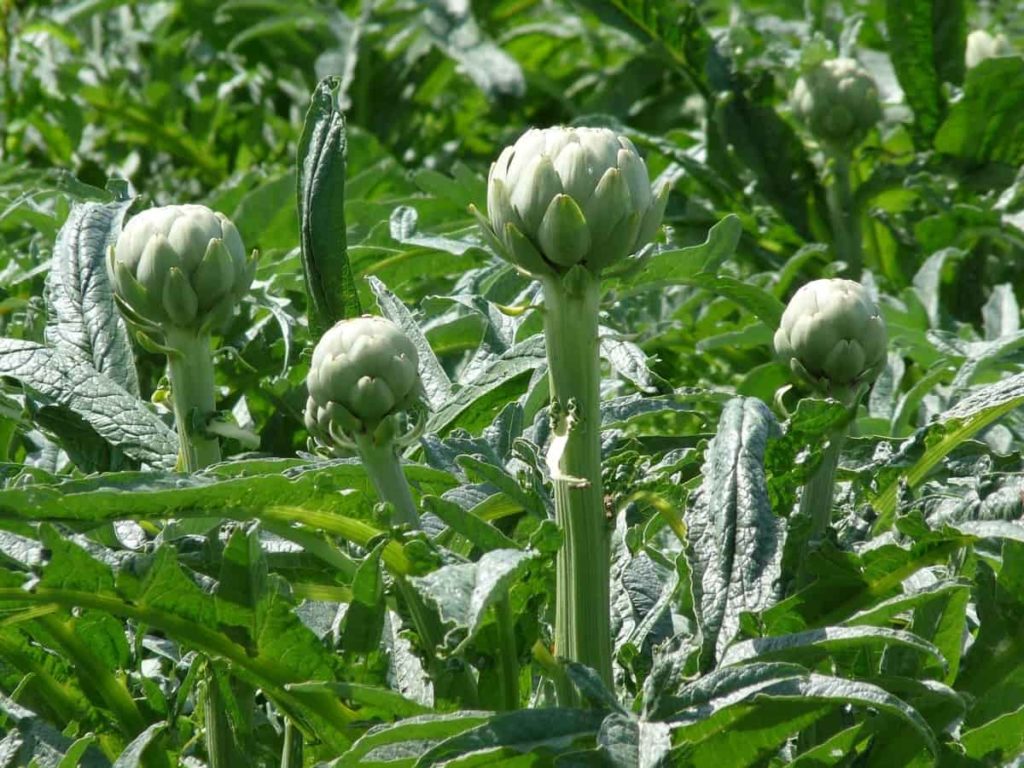
Commercial fertilizers for Artichoke
NPK ratio
Before planting Artichoke, mix 4.5 to 5.4 kg of complete fertilizer, such as 13-13-13, per 100 feet in the soil. 450 to 550 grams of 13-13-13 for every 10 feet of the row for small gardens. This fertilizer is very helpful to Artichokes after planting. The Artichokes benefit from regular applications of an all-purpose fertilizer during the growing season. Side dress 1 to 1.8 kg calcium nitrate per 100 feet row or one tablespoon per plant in small plants.
Side dress means fertilizing on the side of the plant. Do not apply fertilizer too close to the plant base as it can burn leaves. You can apply liquid fertilizer containing Ca and Zn every 2 weeks during the active growth period of Artichoke in early spring. Apply 136 grams per 100 square feet 6 to 8 weeks after planting.
Artichoke fertilizer schedule
- The Artichokes grow well on regular fertilizing. You are better to check your soil and modify the soil according to the test results and recommendations. If soil is not tested mix 45 to 64 kg of manure per 100 square feet of soil before planting.
- Phosphorus and potash are best applied before planting and should also be worked out. Put about 113 grams of P2O5 and 113 grams per K2O per 100 square feet. The Artichokes require about 45 grams of nitrogen per 100 square feet. Before planting, you can apply it to the soil.
- Prepare a garden for the Artichoke using a shovel to mix the soil well with manure or compost, which adds vital nutrients. Use 4 to 6 inches of manure or compost for each 100 square feet area, which is mixed at a depth of six inches.
In case you miss this: Growing Artichoke Hydroponically – A Full Guide
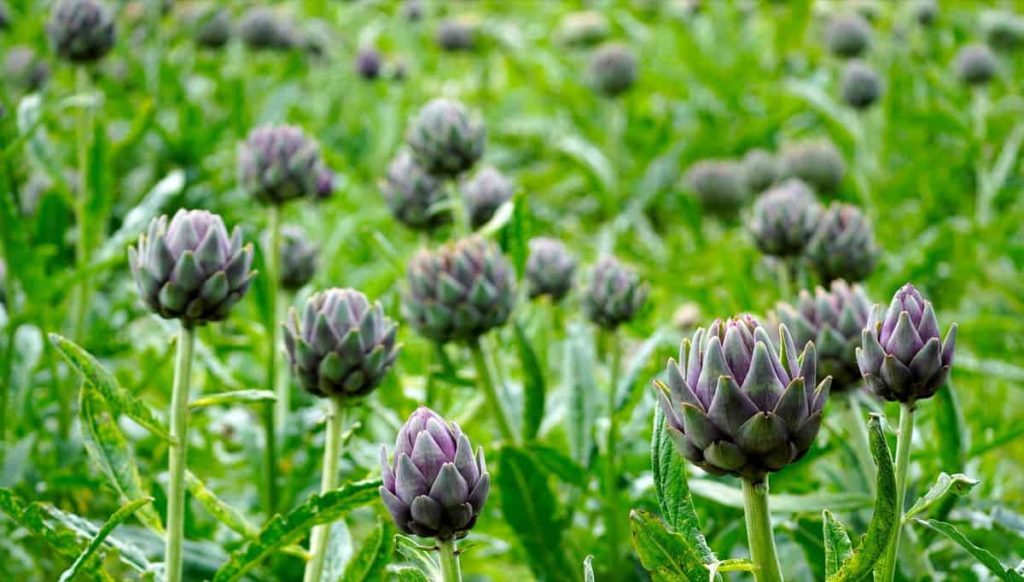
- Treat plants with regular doses of fertilizer every four weeks during the growing season, as the first Artichoke emerges. You should use granulate fertilizer containing balanced amounts of nitrogen, phosphorus, and potassium, to create the rich soil Artichokes require. For each plant, add two teaspoons of fertilizer, place it on the side of the plant at its base. Spray the manure with a hose so that it gets wet with soil and absorbed by the Artichoke.
- Give plants a dose of seaweed extract or fish emulation every two weeks. Over micronutrients, these water-soluble fertilizers are quickly absorbed from the roots of the Artichokes. Water Artichokes before applying extract or emulsion to prevent root damage, dilute in a couple of gallons of water before applying fertilizer.
- Apply a layer of mulch around the Artichokes, which acts as a natural fertilizer when it rots, scattering it evenly around plants. Use grass clippings or cuttings from other vegetable plants as mulch, which promotes excellent growth. Cover the Artichoke with a mulch made of dry in winter, which provides nutrients while keeping plants warm enough to survive next season.
How to fertilize Artichoke in pots
The Artichoke needs a lot of nutrients and water as they grow dense leaves and lots of bulbs. This is especially important when growing the Artichoke in the pots because there is not enough soil to maintain proper moisture and nutrients. Use more nitrogen liquid fertilizers that are soluble in water for about three to four weeks. For this purpose, it is better to side-dress your plant with mature compost manure as well as feed your plant with compost tea every week or two weeks.
Fertilize the plant with balanced liquid manure, which is diluted at half or quarter strength. When the first Artichoke emerges, feed the plant again. Water plants pour well before the application and avoid putting near leaves as they can burn. Alternatively, you can also feed fish emulation to plants.
In case you miss this: Growing Artichokes in Pots, Containers
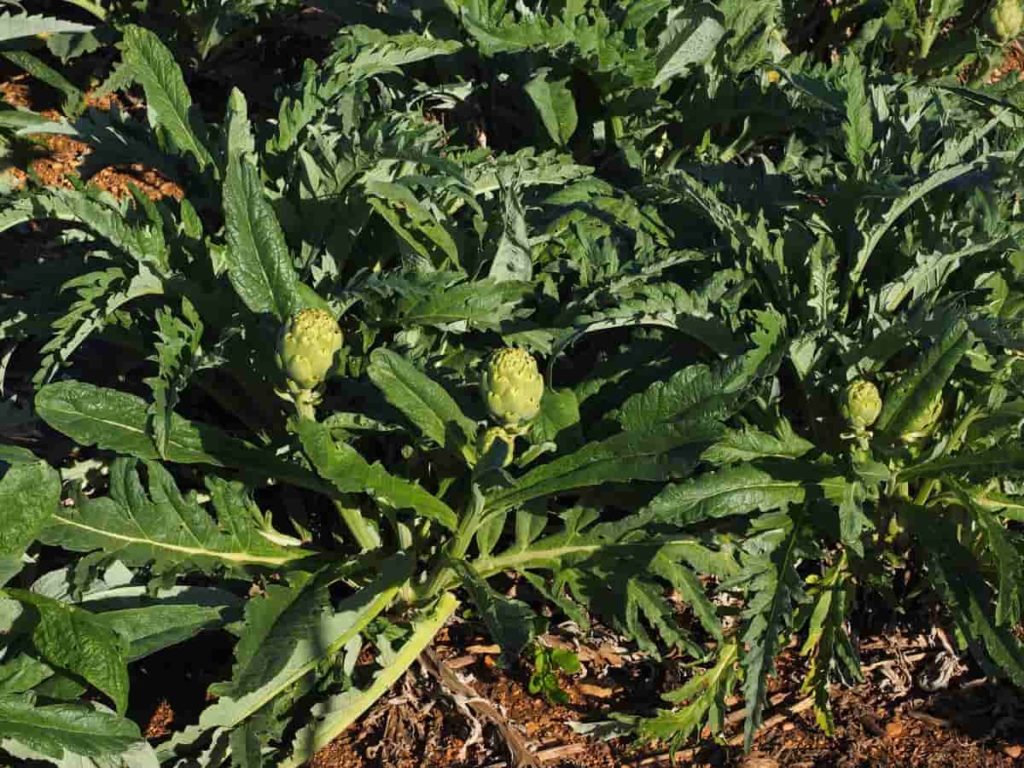
Frequently asked questions about fertilizers for Artichokes (FAQ)
When should you fertilize the Artichoke?
In areas where plants can produce all year round, they are fed with more nitrogen fertilizer in the fall. Feed-in spring in cold areas.
Why won’t my Artichoke grow?
The Artichokes are sensitive to too little or too much moisture in the soil. Long periods of drought result in small, stunted buds with weak trunks. If the Artichoke plant produces yellow leaves, reduce the water, and transplant it to the sunnier site in the fall after it is inactive.
- How to Grow Hibiscus from Flower
- Plantation Ideas for Home Decoration: A Beginners Guide
- Flower Garden Designs and Layouts for Beginners
- Planting and Spacing Techniques in Papaya: A Beginner’s Guide
- Growing Gold: Essential Techniques for Planting Pineapples
- How to Make Kalanchoe Plant Bushy: Home Remedies and Solutions
- 11 Reasons Why Your Gardenia is Not Blooming: Home Remedies and Solutions
- Eco Elegance: The Guide to Designing a Drought-Tolerant Landscape
- Gardening on a Slope: Strategies for Hillside Landscaping
- Nourish and Flourish: Top Organic Mulches for Thriving House Plants
- Everything You Want to Know about Indian Mogra Flower: Discover Uses and Growing
- Green Thumb Success: Expert Tips for Cultivating Greenhouse Pumpkins All Year Round
- Maximize Growth & Flavor: The Ultimate Guide to Companion Planting in Herb Gardens
- How to Control Rhododendron Problems Naturally: Home Remedies and Organic Ways to Fix Them
- Natural Magic: The Remarkable Benefits of Cinnamon for Plants
- Best Steps to Revive Dying Tulip with Natural and Organic Treatment
- 10 Reasons Why Your Angel Trumpet is Not Blooming: Remedies and Treatment
- How to Fix Periwinkle Leaf and Flower-Related Problems: Natural Remedies and Solutions
- How to Fix Zinnias Leaf and Flower Problems: Discover Natural and Home Remedies
- Organic Steps to Induce Lemon Tree Flowers: A Comprehensive Guide
- Bloom Booster: Crafting the Perfect Homemade Bougainvillea Fertilizer
- Optimizing Growth: A Guide to Applying NPK Fertilizer for Potted Plants
- 10 Best Homemade Fertilizers for Rubber Plant: DIY Recipes and Application Method
- How to Boost Female Pumpkin Flowers: Effective Steps for More Flowers and High Yields
- Transform Your Indoor Garden: Top Benefits of Pink Salt for Houseplants
- 10 Best Homemade Fertilizers for Peacock Plants (Calathea): Easy DIY Guide
- Unlock Blooms: 9 Reasons Why Your Potted Chrysanthemum is Not Blooming
- 8 Reasons Why Your Potted Hibiscus is Not Blooming: Fix it with Simple Solutions
- Unlock Blooms: 9 Key Reasons Your Potted Frangipani Won’t Flower
- 10 Reasons Why Is My Ice Plant Not Blooming: Remedies and Treatment
- 10 Reasons Why My Potted Hydrangea Not Blooming: Treatment and Remedies
- 10 Reasons Why is My Wisteria Not Blooming: Remedies and Treatment
- 10 Reasons Why is My Goldfish Plant Not Blooming: Remedies and Treatment
- Maximize Your Space: Ultimate Guide to Balcony Gardening with Grow Bags
- 10 Reasons Why Your Iris is Not Blooming: Remedies and Treatment
- 10 Reasons Why Your Anthurium Plant is Not Blooming: Treatment and Remedies